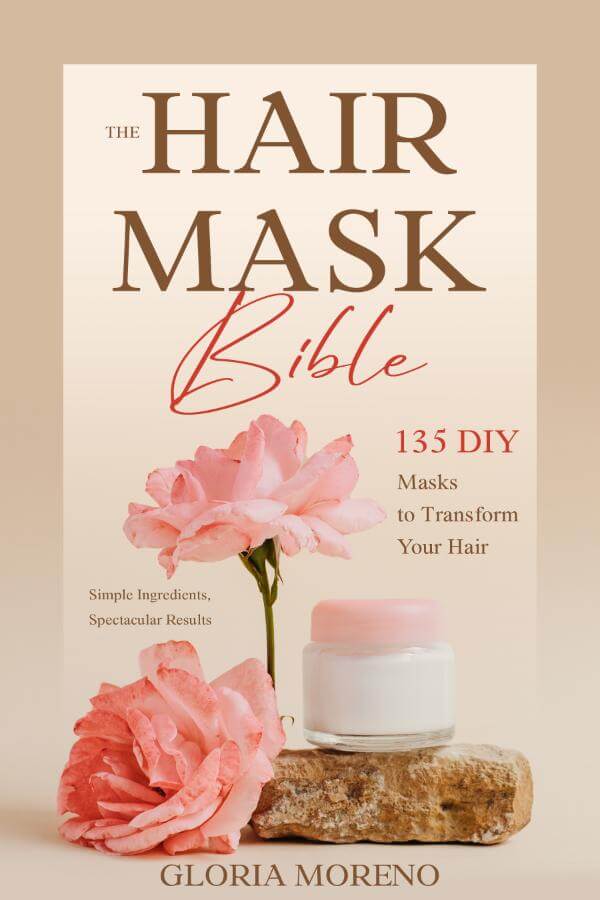
I’d like to share some of my favorite and easiest techniques to keep my clothes looking and feeling new and fresh.
When your clothes look good and you want to wear them, it’s much easier to want to go browsing in your closet.
So I’m going to share some of those hints and suggestions with you here.
Let’s get started on storing, washing, and maintaining for your clothes so that they always feel new and fresh.
Storing
There are a plethora of options for storing your clothes in the most convenient way for you and your lifestyle.
I like to put all of my go-to goods at eye level since it makes it easier for me to reach for them.
This is something I do with the clothes I wish to include more into my closet. Placing them at eye level encourages me to utilize them more and think of new ways to use them.
It’s also critical to understand when to fold and hang your clothes.
Trousers, shirts, coats, blazers, and vests, for example, should be hung. Hanging knitwear is something I would avoid.
Another simple storing advice is to make sure your clothes have enough area to breathe, whether they’re hanging, folded, or stored in a drawer. Check to see if there are too many clothes stuffed into one small space.
Finally, if you store your clothes on a seasonal basis, make sure that all of your clothing is freshly washed and laundered, and that you put it in cloth containers rather than plastic containers. This is related to letting the fibers to breathe, whether synthetic or natural.
Washing
When it comes to laundry, everyone has their own laundry routine, but some simple things you can do include washing less and spot cleaning if something gets soiled.
When we wash our clothes, especially synthetic fiber activewear, microplastics are often released into our water systems.
Washing clothes frequently, or too frequently in general, is very hard on the fabrics, causing them to wear out much faster.
It’s also beneficial to wash in cooler temps. I prefer to keep my temperature at 30 degrees Celsius, but I’ll raise it to around 40 degrees Celsius for things like activewear, underwear, or garments that are simply more highly soiled.
This next step isn’t revolutionary, but it’s something I always do, and that is to sort by color and fabric.
When heavier fabrics, such as denim, are laundered with lighter, more delicate fabrics, they can cause abrasion.
To avoid unnecessary wear and tear, I just keep the fabrics in similar categories.
Any clothes with hardware, such as zippers or buttons, will be turned inside out as well. I’m doing this to prevent the hardware from rubbing or abrading the fabric.
I’m going to add some vinegar to my load to keep the whites white and brighter overall. However, if you want to work on tougher stains on white clothing, I use dish soap and vinegar and soak and spot clean those target areas before placing them in the wash.
Finally, after treating whites and stained white things with dish soap and vinegar, I hang them out in the sun to dry.
Drying
This leads me to drying in general. Hang to dry as much as possible.
If you must use the dryer, I recommend using a lower spin cycle and only using tumble dry on rare occasions.
All of that movement, along with the heat, can put a lot of strain on fabrics. So letting it air dry, whether outside or inside, is the best option.
Wringing out delicate fabrics like silks or wool is a bad idea. To avoid stretching these fragile fabrics, instead of wringing them, gently squeeze them and lay them flat on a towel.
If you must use the dryer, I recommend using dryer balls. They’re a great way to cut down on drying time, lowering the garment’s environmental impact, and softening your clothes naturally without the need of chemicals.
This led me to the general use of fabric softener.
I don’t use it since it’s yet another chemical I don’t believe is really necessary.
However, I would avoid applying fabric softener on items with a lot of synthetic fabrics, such as sporting wear.
The reason for this is because fabric softener coats the fibers of these garments, reducing their ability to wick sweat.
The longer you use it, the more this coating builds up, and it might trap bacteria deeper into your fabric.
Maintaining
The final aspect of clothing maintenance is maintenance.
Having a mending pile, whether you patch it yourself or take it to a seamstress or tailor, is a great idea.
Understanding how fabrics wear and age is also quite useful, in my opinion.
Sweaters, for example, pill all the time, and the length of the fiber used in the sweater has a lot to do with it. Pilling is more prone with shorter fibers.
This implies that while those fluffy sweaters that we are usually drawn to are extremely comfy, they are also the ones that pill the most.
Yarns that are looser or have a lower twist pill more quickly, while yarns that are tighter and have longer fibers have a smoother feel and pill less.
Blended fibers are also more prone to pill, particularly if they’re a mix of synthetic and natural fibers.
Finally, pilling on synthetic fibers is much more difficult to remove than pilling on natural fibers.
Using a few tools, you may quickly remove pills from wool sweaters. Investing in the proper maintenance tools is also critical and can save you a lot of money in the long run.
A sweater comb or an electric pill remover, for example, can both be purchased for under $30 and will significantly extend the life of your garments while also saving you money in the long term.
A handheld steamer is another equipment that I recommend investing in. It does not have to be of the highest quality or expensive.
A handheld steamer not only kills bacteria, but it’s also less time-consuming and inconvenient than ironing.
A steamed clothing hangs better on the body, falls the way it should, and is much more flattering.
Simply taking this one step will make your garments stand out and feel fresh and new. Even if they’ve been in your possession for a long time.



